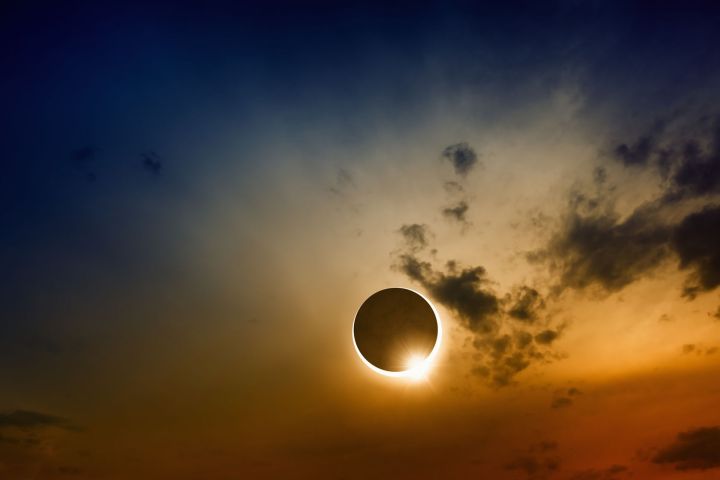
Viewing the solar eclipse requires wearing special glasses. The sun is too bright to stare at directly, a fact that, during the course of a normal day, your brain would remind you of when your eyeballs start burning. But since the eclipse darkens the sky, viewers don’t realize they are harming their eyes by glaring at the brightest part of the sun. Plop on a pair of special shades and viewers can stare at the eclipse from partial to totality without damaging their eyes.
The eclipse can have the same effect on a camera — fill the frame with just the eclipse and an unprotected camera, and you could wreak havoc on the camera’s digital sensor. That’s why, with the upcoming eclipse for much of the U.S., manufacturers are toting their protective solar filters.
But, in an interview with USA Today, Apple said that the iPhone doesn’t require using a special filter to photograph the eclipse. Why? Because with a wide-angle lens, the sun is too small to damage the sensor. If you use a camera with a zoom and fill the frame with the eclipse, that bright light hits over the entire sensor, but with a wide-angle camera, the small amount of light doesn’t overwhelm the sensor. Case in point — you can photograph the sun on a normal day with an iPhone without wrecking the camera, but you can’t use a zoom camera to photograph just the sun on a normal day without risking damage.
The iPhone doesn’t have some sort of special filter built-in. No filter is needed because of its wide-angle lens, at least according to Apple. That suggests that other wide-angle, small-sensor cameras like a GoPro or other smartphones could be safe, too.
If you don’t want to take Apple’s word for it, there are special solar filters available for smartphones — or as iPhone astrophotographer Andrew Symes suggests, simply placing an extra pair of solar glasses over the smartphone’s camera lens.

The filter-free capability doesn’t mean that a smartphone is the best way to photograph the eclipse. That wide-angle view means the eclipse will be a pretty small part of the image (just try to take a photo of the moon to see just how small). To actually get the eclipse to be a dominant part of the frame, photographers will want a telephoto lens (ideally 400-800mm, though a 300mm will work too, and any of these will need a protective filter). Focusing in any dark scenarios with an autofocus camera is also notoriously tough, and a tripod is recommended for the best eclipse shots.



